With every passing day edging us slightly closer to colder and darker evenings, we need to start thinking about energy efficiency. A lower temperature and a limited amount of daylight are already starting to affect us in our homes and workplaces. We now find ourselves switching on the heating more frequently and leaving our lights on for longer periods of time. Unsurprisingly, this leads to higher energy consumption and extortionate electric bills that we will all likely struggle to pay. And while we can’t bury our heads in the sand and refuse to pay our bills, what we can do is make simple changes to our everyday lives to lessen the strain on our purse strings. To help you save some much-needed cash for Christmas and year-round for 2023, EZ Living Furniture has put together this easy-to-follow guide which will assist you in reducing your energy costs. These everyday energy-saving tips just require you to alter your daily habits a tiny bit but could end up saving you hundreds of pounds a year.
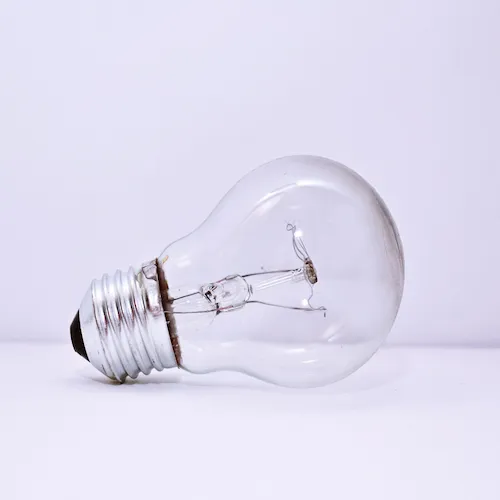
Switch All Bulbs To LEDs
Replace every light bulb in your house with an LED alternative. You might think that switching to LED light bulbs won’t make much of a difference to your energy bill, but you couldn’t be more wrong. This one simple change could easily save you around £60 a year in electricity depending on how many lights you have. Not bad is it? An LED light bulb uses around 80-90% less energy than a standard bulb and will last up to 10 times longer, so it is definitely worth making the switch.
Get Smart With Smart Lighting & Heating
We have all been there, sat on our sofas and were too lazy to get up to turn off the main light or turn off the heating. Most smart light and heating systems can be turned off and on from your smartphone and because of the convenience of this, you are more likely to switch it off sooner than you would if you have to get up.

Buy More Energy-Efficient Appliances
Under EU law, certain electrical appliances have to come with labels that detail their energy efficiency. Until now, these labels featured ratings from A+++, to A++, A+, A, B, C, D. This year, changes have been made to this scale to allow for ongoing innovation which means now, the energy labels will only range from A to G with no confusing pluses. This new scale makes it easier for people to understand the difference between ratings. A is considered the highest and most energy-efficient rating and G is the lowest. You can expect low-graded appliances to be cheaper to buy upfront but will cost you more to use in the long run. When buying anything from a table lamp to a dishwasher, make sure to check that you are buying something with an A rating, this will reduce your greenhouse gas emission and energy bills.
Don’t think this matters? As an example, an energy-efficient fridge freezer only uses about a third of the energy used by a typical 10-year-old model. This is why it is so important to invest in energy-efficient appliances.
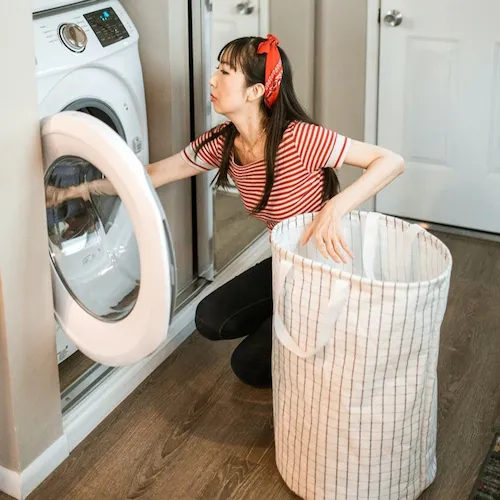
Use Eco Settings Or Lower Temperatures On Appliances
Did you know that a 30-degree wash is sufficient enough to thoroughly clean your clothing in a washing machine? It’s true, while higher temperatures are recommended for linen and towels, a lower-degree wash is efficient enough to clean everyday clothing such as jeans, t-shirts, and hoodies. And while an eco-wash might have a longer duration time, using this setting will still save you money because your clothing is being washed at a lower temperature. Remember that this tip can also be used for dishwashers and a number of other appliances too!
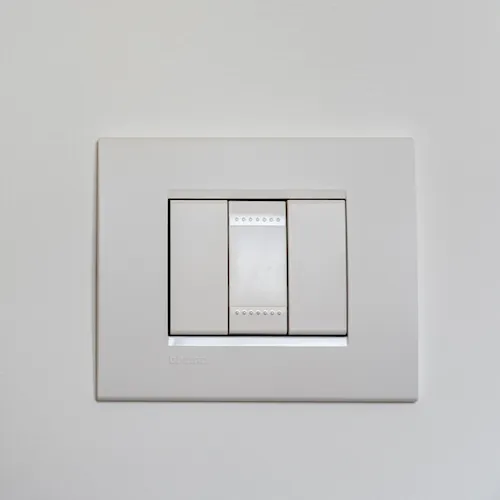
Install Dimmer Light Switches
Not only do modern light dimmers add a beautiful finishing touch to your home decor, but they can also save you energy. Dimmers use a “Triac Switch” to turn a light circuit on and off to reduce the energy flowing to a light bulb. This switch will cut the energy running to the fixture up to 120 times in one second.
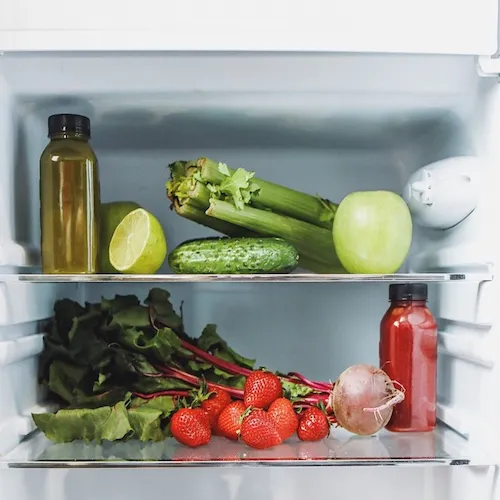
Keep Your Fridge & Freezer Full
We know, easier said than done when you have greedy adults or growing children in the house, but keeping your fridge filled or ⅔ full can actually help you save money. When sufficiently loaded, items can keep each other cool. A fuller fridge and freezer have less air to keep cool, so it doesn’t have to work quite as hard as a sparsely populated appliance. Similarly, defrosting food in the fridge can keep the air inside of it cooler which means that your fridge will not have to work as hard to remain cold. This tip will also reduce the amount of energy your fridge uses.
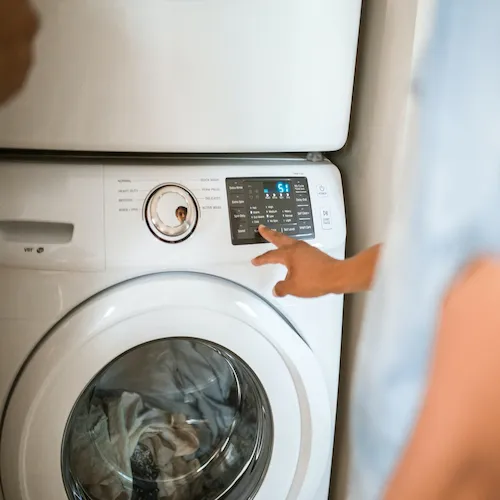
Use Your Appliances During Low-Rate Hours
Most electric companies will divide an average day into 3 separate time bands. Each time band has a different rate which means the time you choose to put your appliances on could be costing you more.
The time bands are split into the following categories:
Peak: 5pm - 7pm (the most expensive time).
Day: 8am - 5pm and 7pm - 11pm (slightly less than the peak time).
Night: 11pm - 8am (the cheapest time).
Take advantage of the cheaper hours by running things such as a washing machine, tumble dryer, and dishwasher at night. By doing this you can lower your bill.
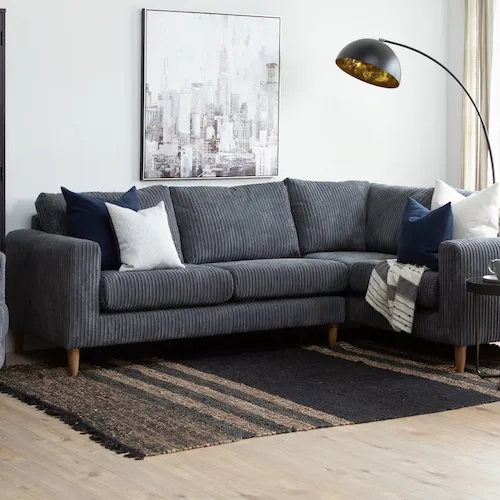
Fill Gaps & Close All Doors
Rugs can go a long way towards helping you stay warmer for longer. There is nothing worse than stepping on a tiled or wooden floor with your bare feet. The cold can quite literally travel up from your feet and reach your upper body, creating an uncontrollable shake. A small, inexpensive rug can mean that walking around in your bare feet isn’t as horrible as it once was. Rugs can also trap heat in your home, which is beneficial for those older homes which tend to have poor insulation. This can save you money in the long term.
Some homeowners may find that they have significant gaps underneath their doors. Draught-excluders on the bottom of each door, similar to rugs, can trap heat in a room and stop you from turning on the heat as often, ultimately saving you money.
An open fireplace is an attractive feature in a home, but this too can draw heat out of a room. Block off a chimney with a cost-effective draught excluder. This can be fitted inside the chimney or around the fireplace to stop the warm air going up and the cold draughts coming in. This can save you up to £65 a year.
Don’t forget to close all your doors when heating your home, especially if you have a warm, toasty fire going. Keeping doors closed will trap the heat in that one room which means you don’t end up heating the whole house when you only really want to heat one room.

Bleed Radiators
Bleeding all radiators is an exercise that everyone should keep on top of to maintain their heating system. By releasing any trapped air, you can make your radiators work more effectively to heat your home and see a reduction in your energy bills.
Move Furniture Away From Heat Sources
Large items of furniture should be kept away from heat sources like radiators. These pieces can absorb heat and block it from circulating around the room. This can lead you to leave the heat on for longer and cost you more money. This simple change to your room’s layout could only require 10 minutes of your time but will save you money in the long run.
Put Reflectors Behind Radiators
A radiator reflector is a thin sheet of foil that can be applied to the wall behind a domestic radiator. The intention is to reduce the heat loss into the wall by reflecting radiant heat away from it. These inexpensive sheets can be purchased in most DIY and home stores and are a standard size so should fit most radiator sizes. These sheets can cut heat loss by up to 50%.
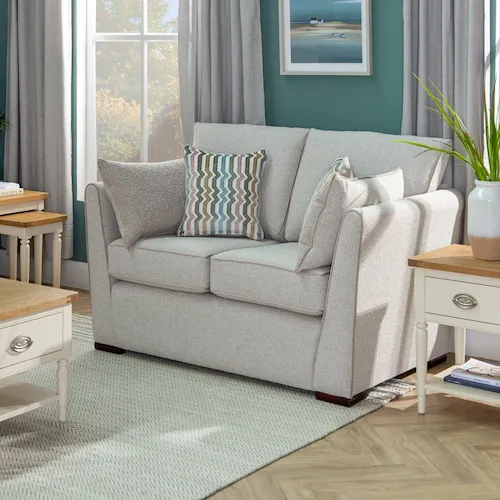
Invest In Thicker Curtains & Close Them Often
A lot of heat can escape through windows which is why a lot of us tend to focus on the type of glazing they have. But another way to stop heat loss via your windows is by installing curtains. Placing these coverings over your windows can reduce the amount of air exchange between a cold window and the rest of the room. High-quality, thick curtains can lower heat loss by around 40%, particularly if they are floor length and close to the wall and window panes.

Purchase Heavier-Tog Duvets & Throws For The Colder Months
Swap out your duvets for those with a heavier tog during the winter months. This one, simple change will make you warmer during the night and reduce the amount of time you need to leave the heating on for. Similarly, wrapping yourself up in a woolly throw can be just as warming as switching the heat on.
By making these simple changes and investing in some cheap items, you could end up saving hundreds of pounds on heating bills, so what are you waiting for? It’s as EZ as can be.
Are you still concerned about your energy consumption in the lead-up to Christmas? Read: How To Conserve Energy & Save Money This Christmas.
We hope you enjoyed this content and found it useful and informative. We aim to share our expertise and knowledge with our customers and to do this we have a team of content creators working tirelessly behind the scenes. We do not use AI to create our content. Click this link to find out more about our team and content guidelines.
We hope you enjoyed this content and found it useful and informative. We aim to share our expertise and knowledge with our customers and to do this we have a team of content creators working tirelessly behind the scenes. We do not use AI to create our content. Click this link to find out more about our team and content guidelines.





